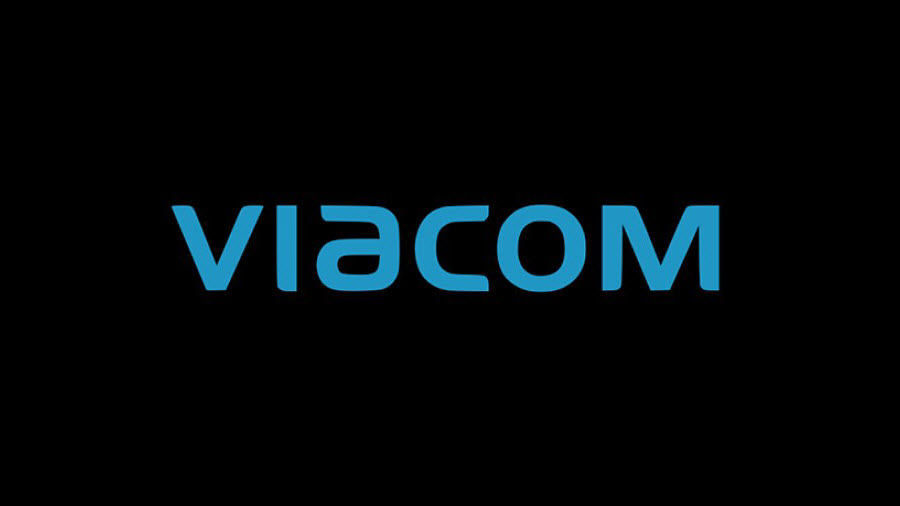Analyst: Charter Dispute Puts $1.4B at Risk for Viacom

Viacom is warning viewers that its cable networks could be dropped by Charter Communication when it distribution agreement expires on Oct. 15, and on Wall Street, one analyst estimates that a permanent blackout could cost Viacom $1.4 billion in revenues.
In a research note Thursday Omar Sheikh of Credit Suisse said the dispute puts $800 million in affiliate revenue and $600 million in ad revenue at risk. Needless to say, the possibility of a blackout will create what Shiekh called “significant near-term weakness” in Viacom’s stock price.
Viacom shares were down more than 6% to $23.56 in Thursday morning trading but closed at $24.57, down 2.54%. They’d fallen sharply Monday after an analyst warned that trouble with Charter was on the horizon for Viacom.
Related: Viacom Warns Viewers of Possible Charter Carriage Impasse
Losing about 40% of its cash flow will have a big impact on Viacom, which is trying to rebound from declining ratings and ad revenues under new CEO Bob Bakish. Without major sports franchises, or a broadcast network's retransmission rights, Viacom doesnt appear to have much leverage with distributors.
“If Charter is permanently dropped from Charter and others follow, the turnaround strategy under its new CEO will obviously be called into question,” Sheikh said. “In that event, a more radical restructuring of the company, including its programming cost base, will likely be necessary. It is also likely that controlling shareholder National Amusements will look to revisit a combination with CBS, which would offer cost synergies and shore up VIAB's negotiating power with distributors.”
Shiekh bases his economic assumptions on Charter, with 16.5 million subscribers, paying $3.82 a month for Viacom’s networks. Charter also represents 17% of Viacom’s U.S. coverage and that share of its ad revenue.
Analyst Alexis Quadrani of JP Morgan said she didn’t expect the Charter talks with Viacom to result in a blackout.
“We have also yet to see any case of a sizeable distributor dropping a cable network group, and we highly doubt that the first time will be with a network group that ranks so well across key demos and has the highest viewership share of any media network group across broadcast and cable,” Quadrani said in a note Thursday.
Broadcasting & Cable Newsletter
The smarter way to stay on top of broadcasting and cable industry. Sign up below
“A resolution is likely to eliminate a significant overhang to the stock that previously was expected to remain much longer,” said Quadrani, explaining that Wall Street hadn’t expected the Charter-Viacom dispute to come to a head till next year.
While price is a factor in any carriage negotiation, Quadrani said that a bigger dispute between Viacom and Charter is Viacom’s desire to let its network be part of a skinny bundle package of entertainment networks that would exclude channels with sports programming. Charter has been unwilling to allow Viacom to do that and Bakish sees that as an important part of his plans.
“What's interesting is that in aggregate, Viacom’s networks have the greatest reach vs. other cable net groups, but the group continues be viewed as ‘droppable’ by the market,” added John Janedis of Jefferies. “Ultimately, think a deal will get done, taking carriage risk off the table for now, hopefully putting a floor under the stock.”
Janedis added that Bakish’s turnaround efforts appear to be on track.
“While the affiliate story appears threatened due to current negotiations and ongoing sub headwinds, ratings continue to improve at VIAB's key nets. Over the course of fiscal 4Q, MTV and BET saw strong quarter over quarter improvement in ratings--a function of the improved programming slate. We expect ratings to outpace the industry for the next year,” Janedis said.
Jon has been business editor of Broadcasting+Cable since 2010. He focuses on revenue-generating activities, including advertising and distribution, as well as executive intrigue and merger and acquisition activity. Just about any story is fair game, if a dollar sign can make its way into the article. Before B+C, Jon covered the industry for TVWeek, Cable World, Electronic Media, Advertising Age and The New York Post. A native New Yorker, Jon is hiding in plain sight in the suburbs of Chicago.

